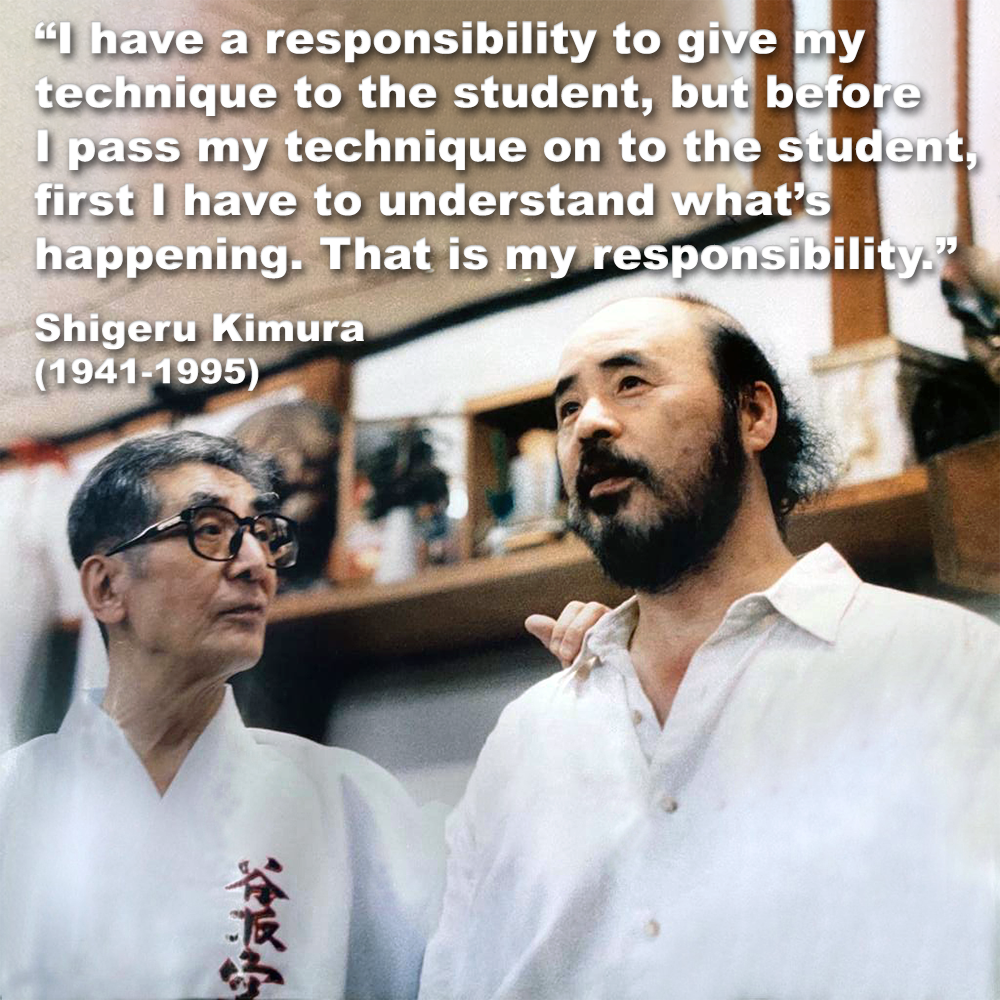
(2 minute read)
The comments on my articles often inspire me to write another, whether those comments are good or bad. Many are interesting and show a diverse understanding, and sometimes highlighting misunderstandings too.
.
So, thank you to everyone who follows and comments on my articles.
.
The foundation of any karate technique lies in its core principles. Understanding the mechanics and goals behind any movement is crucial. This foundation allows students to build upon them, exploring different applications that fit specific situations.
.
In a learning environment, it’s natural to encounter variations in technique application, especially so when observing instructors with different backgrounds, whether physically at the dojo, or at seminars, or even on video.
.
The beauty of karate lies in its richness, and experienced students, or instructors, can benefit from exploring different applications and ideas presented by other instructors. This doesn’t mean abandoning your core training, but rather broadening your knowledge and potentially finding applications that resonate better with your practices.
.
Developing critical thinking skills is essential for any karate-ka. I remember many instructors from my past, whether in English or Japanese, telling me to just “get on with it”, instead of answering the questions I often had. However, I was fortunate to encounter some instructors who were very open to questions too. Being naturally inquisitive, I had many, and their willingness to engage in dialogue with me, greatly enhanced my understanding and appreciation of karate.
.
However, the goal is to gain a deeper understanding, not to challenge the instructors or masters authority.
.
While various applications to techniques exist, some might prioritize aesthetics over real-world effectiveness. I enjoy the formality of traditional set practices just as much as anyone, but students should be encouraged to analyze techniques, considering factors like biomechanics, leverage, and potential risks in a self-defense scenario.
.
The role of an instructor is to guide students on their karate journey, not to dictate a rigid approach.
.
Yes, of course you have a curriculum to follow, but by exposing them to various applications and encouraging exploration within the framework of core principles, instructors can help students to develop their own ‘feel’ for the style that they practice, while maintaining a strong foundation.
.
It’s important to acknowledge that different instructors may have valid reasons for their preferred applications. Remember, the ultimate goal is to understand the core principles of your karate, and develop effective skills with an open-minded approach.
.
Questioning lies at the core of understanding and progress in any practice. Just as in any endeavor, asking “Why?” guides our actions and thoughts. Through questioning you can uncover the purpose and meaning in your training. Trying to use your skills in the real-world, or in competition, can falter when you operate without a clear understanding, of ‘why’ you do something.
.
Remember that, we do what we have to do, until we understand why we do it. The ‘how’ is interesting, but the ‘why’ is everything.
.
.
Photo of Shigeru Kimura with sensei Chōjirō Tani (left)
.
